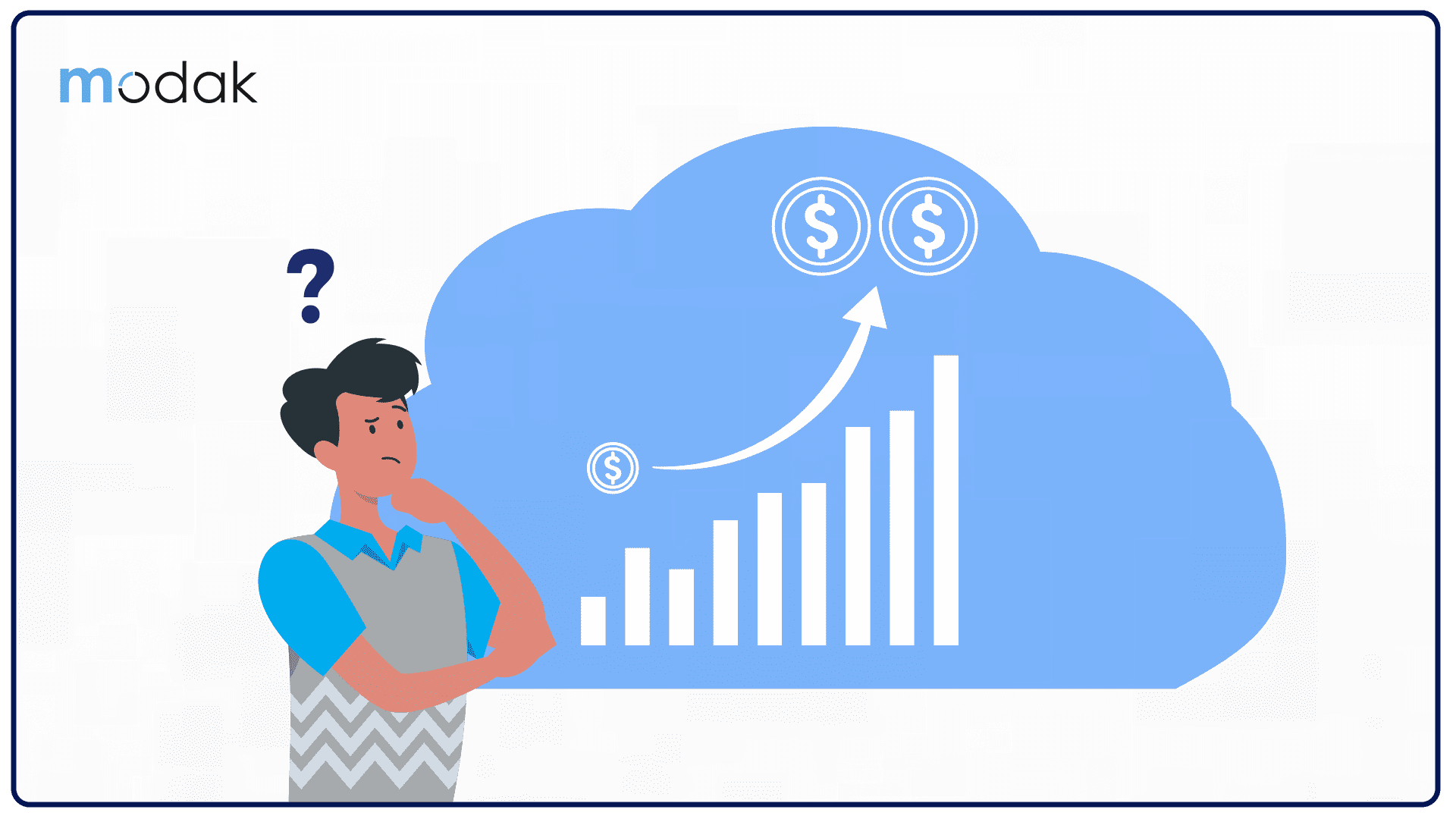In the ever-evolving landscape of modern business operations, the cloud has emerged as a game-changer, offering scalability, flexibility, and efficiency. However, the plethora of benefits comes with a caveat – the rise of cloud costs. Organizations find themselves at a crucial crossroads with the responsibility of managing these escalating expenses without compromising the benefits of cloud technology.

Factors Behind Rising Cloud Costs
The surge in cloud costs is due to the convergence of several factors:
- Inefficient Architectural Choices: Rushed architectural decisions can lead to suboptimal cloud resource allocation. Failing to adapt to evolving business needs can result in overprovisioning and inflated expenses.
- Lack of Cloud Cost Optimization Strategies: Without robust cost optimization strategies, businesses may struggle to control expenses. Neglecting regular cost reviews and optimizations can result in a gradual cost increase.
- Inefficient Data Migration to Cloud: Poorly planned data migration can be expensive. Inefficient data transfer methods or mismanagement of data storage can contribute to higher cloud bills.
- Resource Mismanagement: Limited visibility into resource usage can lead to inefficiencies. Unused or underutilized resources represent wasted investments that contribute to escalating cloud costs.
The adoption of resource-intensive applications like artificial intelligence and machine learning naturally drives up the demand for high-performance cloud resources, further intensifying expenses. Acknowledging this intricate web of factors is crucial for devising a responsive strategy to address the challenge of rising cloud costs.
Strategic Approaches for Enterprises
The rising cost of the cloud is a challenge for enterprises, but it is not insurmountable. There are several steps that an organization can take to respond to rising cloud costs.
- Adopting Cloud-First Strategy: Embracing a cloud-first strategy can significantly mitigate the impact of rising cloud costs. This approach emphasizes deploying new workloads and applications in the cloud, harnessing the benefits of cloud providers' pricing flexibility. Cloud providers offer diverse pricing models that cater to different business needs, ensuring a more cost-effective utilization of cloud resources in the long run.
- Optimizing Cloud Usage: Once a cloud-first approach is in place, optimizing cloud usage is vital. Implementing monitoring tools allows businesses to scrutinize their cloud consumption, identifying potential areas for cost reduction. Automation tools streamline cloud deployment and scaling, enhancing resource efficiency and driving down expenses. These practices, when combined, foster a more cost-conscious cloud environment.
- Tracking & Monitoring Cloud Cost: With optimized cloud usage, businesses should prioritize rigorous monitoring of cloud expenses. Regularly tracking cloud consumption and expenditure is vital for identifying areas where costs can be trimmed. Businesses should implement robust monitoring tools and practices to ensure clear visibility of their cloud-related financials. This enables them to proactively manage their cloud expenditures and ensure that every dollar spent in the cloud aligns with their broader financial goals.
Understanding FinOps
‘FinOps’ is a set of practices designed to manage cloud costs effectively. It emphasizes collaboration among finance, IT, and business teams to align cloud expenses with business objectives. This approach involves setting clear cost goals, tracking cloud expenditure, identifying, and eliminating waste, using flexible pricing options, automating tasks, and investing in monitoring tools. By implementing FinOps practices, businesses can gain visibility into cloud costs, make informed decisions, enhance collaboration, and increase agility. As cloud costs rise, adopting FinOps can be a valuable strategy for optimizing spending, maximizing value, and achieving financial goals.
Summary
Enterprises hold the tools to navigate rising cloud costs strategically. By adopting a cloud-first mindset, optimizing usage, embracing hybrid solutions, and implementing FinOps practices, businesses can effectively manage their cloud expenditures. Coupled with flexible pricing, multi-cloud strategies, automation, and data-driven insights, organizations can ensure that the cloud remains not only a technological asset but a financial boon, aligned with the long-term goals of their organizations.
Author:
Sadhvik Chirunomula
Devops Engineer, Modak


